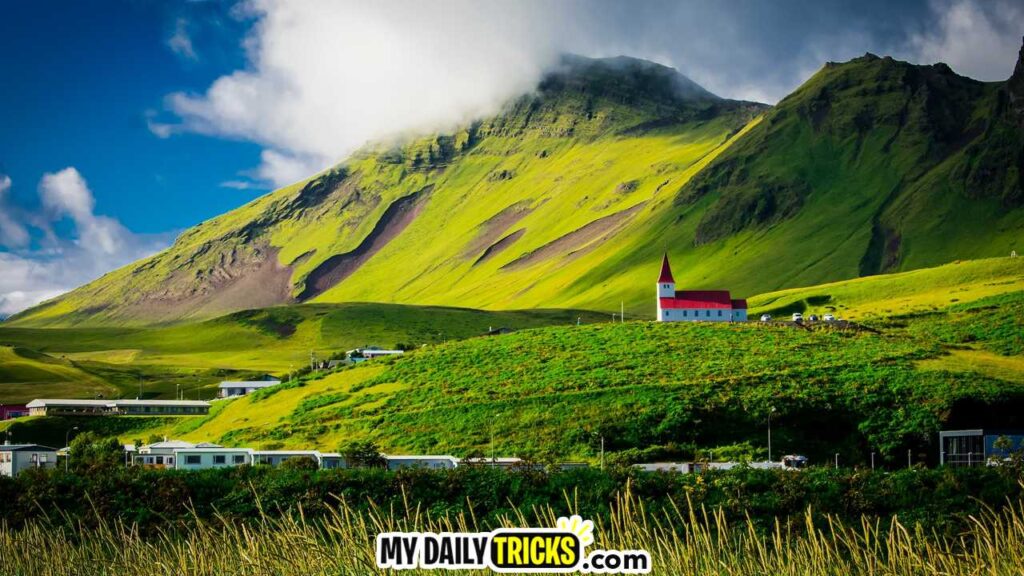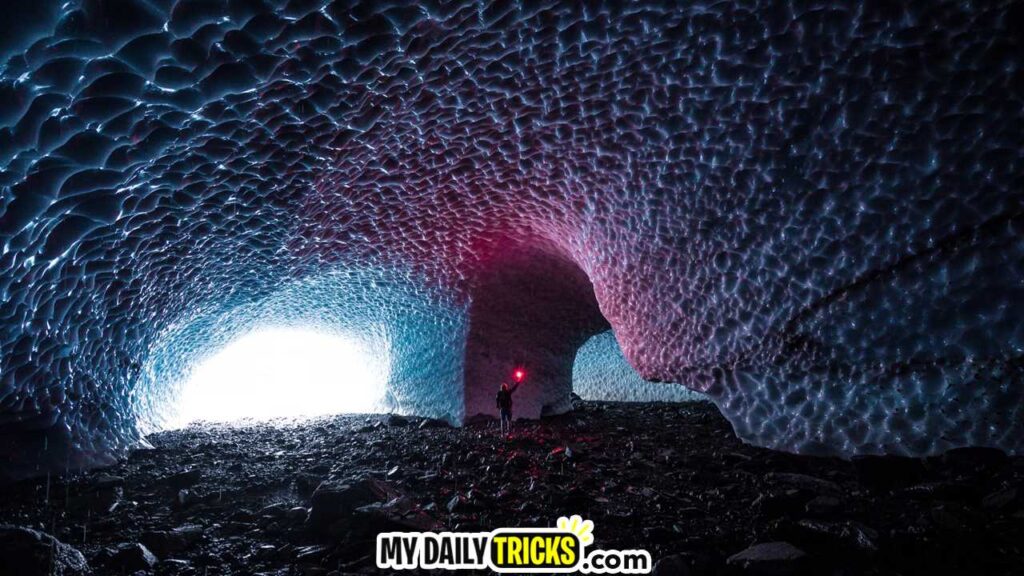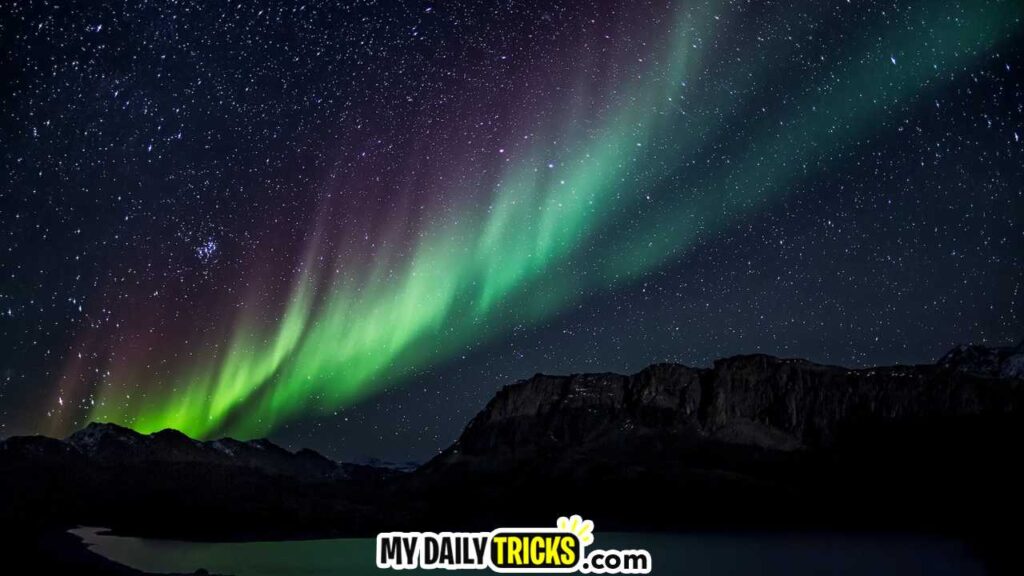Iceland, with its otherworldly landscapes, dynamic weather, and unparalleled natural phenomena, beckons travelers year-round. However, choosing the best time to visit depends on your interests and the experiences you seek, whether it’s chasing the Northern Lights, exploring ice caves, or enjoying the midnight sun. In this comprehensive guide, we’ll navigate through Iceland’s seasons to help you plan the perfect visit and make the most of its breathtaking beauty.
Understanding Iceland’s Seasons:
Iceland experiences four distinct seasons: winter, spring, summer, and autumn, each offering its own unique charm and opportunities for exploration. Understanding the characteristics of each season is key to planning a successful trip.
Best Time to Visit Iceland:

The best time to visit Iceland largely depends on your preferences and the activities you wish to pursue. Summer (June to August) is ideal for outdoor adventures, hiking, and exploring the highlands. Spring (April to May) and autumn (September to October) offer milder weather, fewer crowds, and the chance to witness the stunning colors of Iceland’s landscapes.
Best Time to Visit Ice Caves in Iceland:

Ice cave exploration is a bucket-list experience for many visitors to Iceland. The best time to visit ice caves is during the winter months, typically from November to March. During this time, the colder temperatures allow for the formation of stable and accessible ice caves in the glaciers, providing a mesmerizing glimpse into Iceland’s frozen underworld.
Northern Lights Season in Iceland:

For those seeking the enchanting dance of the Northern Lights, the best time to visit Iceland is during the winter months, from September to April. The long nights and clear skies of winter offer optimal conditions for aurora viewing, especially in remote areas away from light pollution. November to February is considered prime Northern Lights season, with increased solar activity and higher chances of sightings.
Summer Adventures in Iceland:
While winter may be prime Northern Lights season, summer in Iceland offers its own array of adventures. From mid-June to mid-July, Iceland experiences the phenomenon of the midnight sun, with daylight lasting nearly 24 hours. This extended daylight allows for round-the-clock exploration, outdoor activities, and scenic drives under the golden glow of the sun.
Spring and Autumn Splendor:
Spring and autumn in Iceland offer a balance of favorable weather, fewer crowds, and stunning natural landscapes. April to May brings the awakening of nature, with blooming wildflowers and cascading waterfalls. September to October showcases Iceland’s fall colors, with golden hues painting the countryside and the aurora making its early appearances in the night sky.
Conclusion:
Iceland’s allure knows no bounds, captivating travelers with its ethereal landscapes, vibrant culture, and awe-inspiring natural phenomena. Whether you’re drawn to the dance of the Northern Lights, the crystalline beauty of ice caves, or the midnight sun of summer, Iceland offers a wealth of experiences year-round. By understanding the characteristics of each season and aligning your visit with your interests, you can embark on a journey of discovery and wonder in this land of fire and ice. So, whether you choose to visit during the winter for ice cave exploration or the summer for endless daylight adventures, Iceland promises an unforgettable experience that will leave a lasting impression on your soul.



